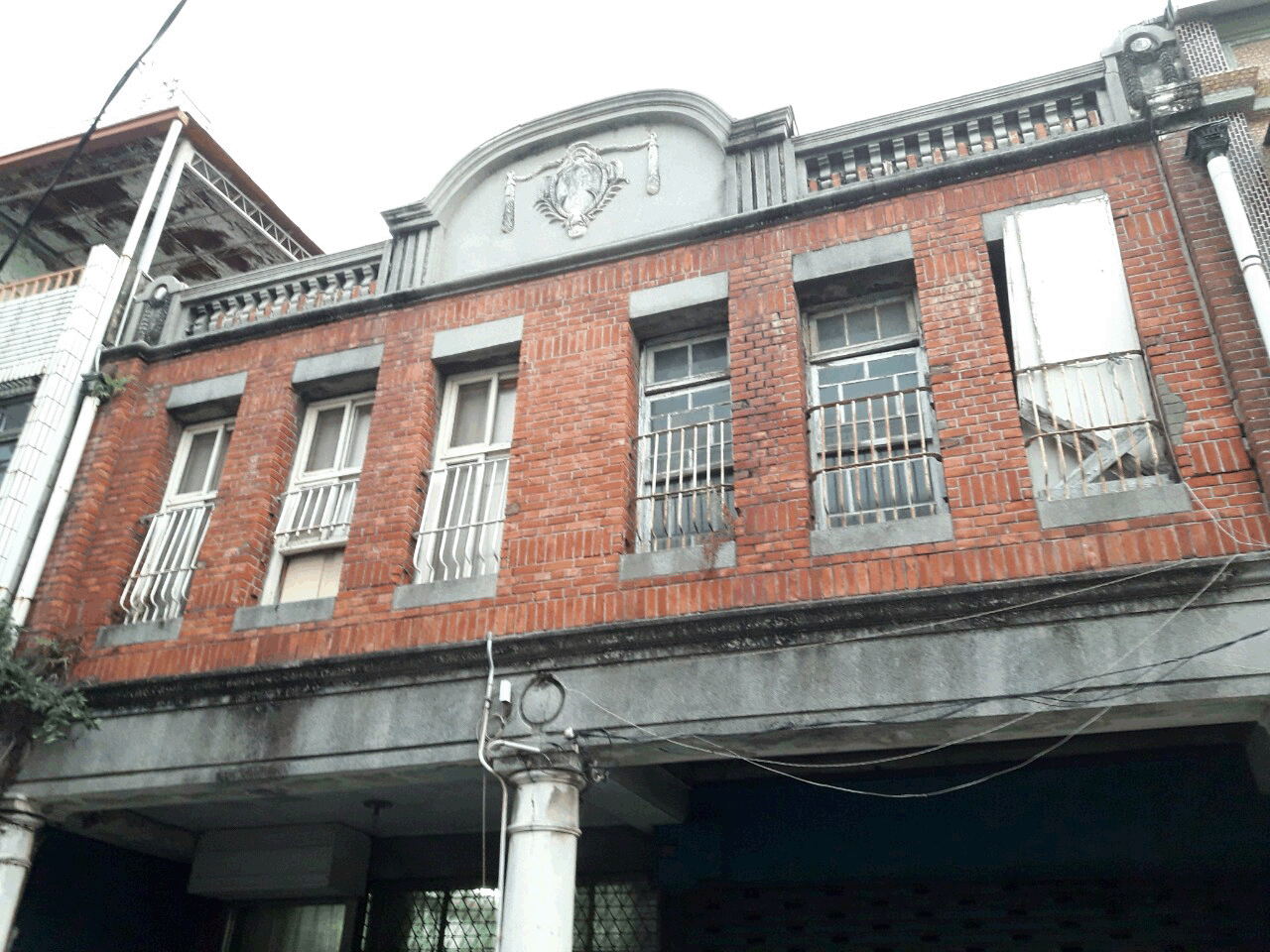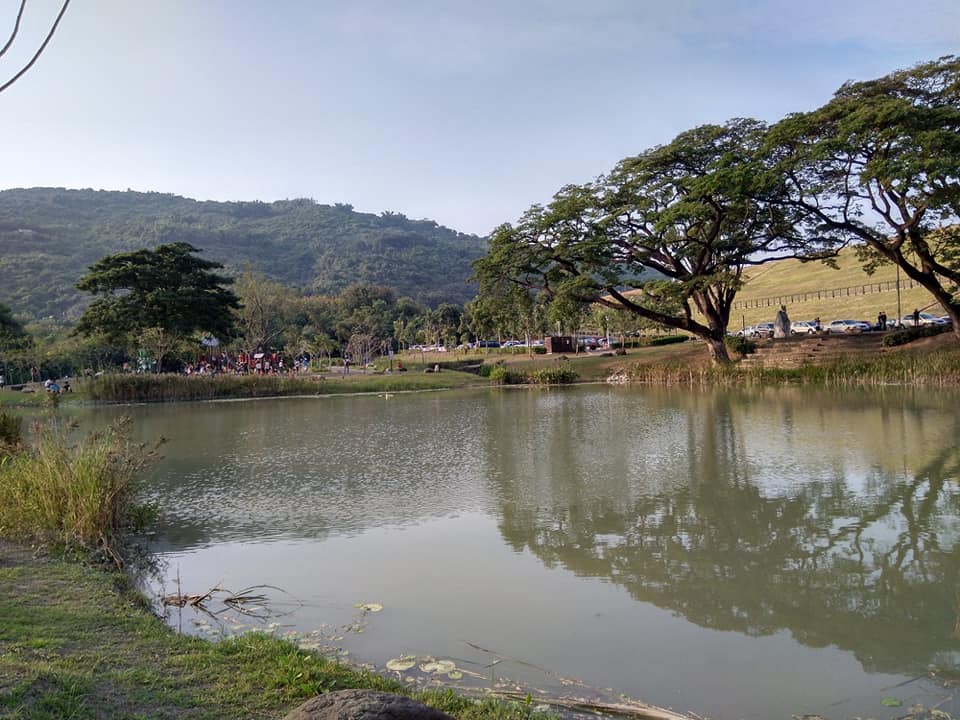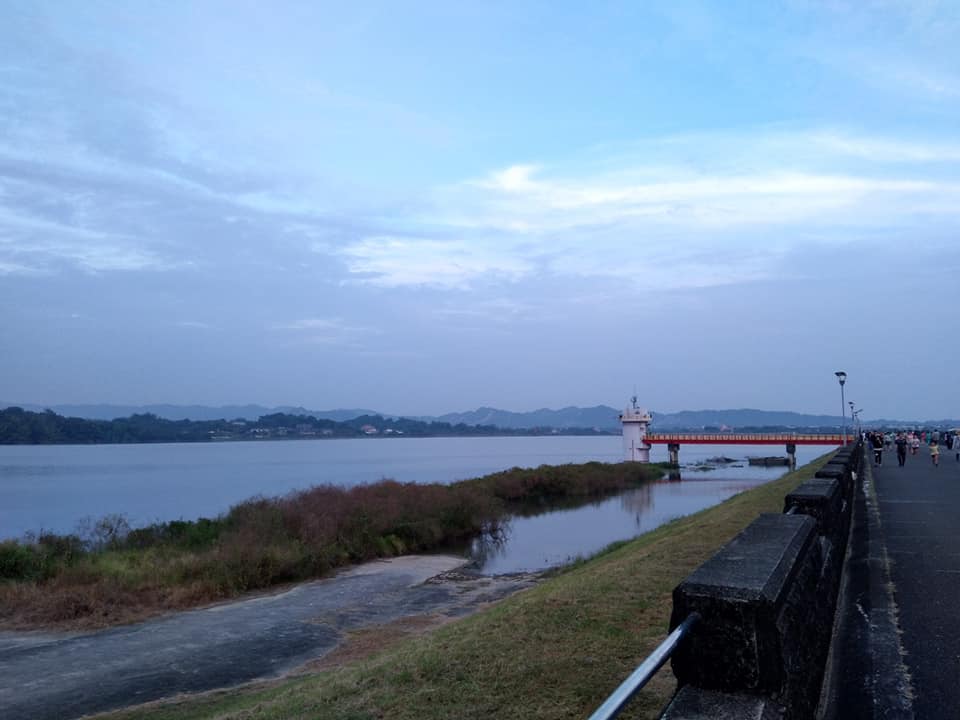|
| History of Gangshan |
The pole name refers to a species of native thatch in Taiwan. Therefore, the countryside is called Guanzhen Forest (Guanzhen Forest). Later, many businessmen worked hard from north to south, and they needed to find a place to rest on the way. An old gentleman built a thatched cottage halfway, selling groceries and giving people a short break. Business was gradually decreasing. The population gathered here also gradually More and more, settlements have formed here. After the death of the old man, everyone called it "A Gongdian" in memory of him. From the end of the Kangxi reign of the Qing Dynasty to 1900, Agongdian belonged to Fengshan County. Until 1920, the Japanese remembered Okayama in Japan, so they named Big Gangshan / Small Gangshan. Therefore, Agongdian is now known as "Gangshan" and belongs to Gangshan-gun, Kaohsiung Prefecture. The name of Gangshan continues to this day.
|
 |
| Image Source:http://blog.udn.com/JTLAI/2138838 |
| Gangshan emblem |

|
Wikipedia, Gangshan ,Image Source: https://zh.wikipedia.org/wiki/%
E5%B2%A1%E5%B1%B1%E5%8D%80
|
| Gangshan terrain |
Except for the remnants of two uplifted coral reefs in Big Gangshan / Small Gangshan Mountains, the whole area of Gangshan is plain terrain. The Agongdian Creek originates from the hills in the east and winds through the area. The climate is a tropical monsoon climate, with an average annual temperature of about 23 to 25 ° C and an annual rainfall of about 1500 mm.
|
| Wikipedia,Gangshan terrain ,Image Source: |
| https://zh.wikipedia.org/wiki/%E5%B2%A1% E5%B1%B1%E5%8D%80 |
| History of Gangshan Middle Street |
Gangshan Old Street is commonly known as "Middle Street" by locals. According to the online query, it includes Weiren Road, Kaiyuan Street and Pinghe Road, but there are still related buildings in the surrounding area. Four or five hundred years ago, the Pingpu people moved to Gangshan. Most of the Pingpu people lived here as fishing and hunting, and then the Han people slowly moved here. The way they lived was to move the goods along the Agongdian River ( The old port of Mi Tuo) was transported to the vicinity of Renshou Bridge for trading. Soon after, Okayama became a water and land transportation center near the towns and villages, thus forming a market. These streets form a historical memoir.
|
 |
Time is constantly changing. Gangshan Old Street is gradually forming a tribe because of the bazaar, and then expands its scope. In addition to visiting the historical sites, tourists currently have their own special shops at each street crossing. It is worth visiting, as well as various special foods, including Okayama Sanbao, Gangshan Douban, Gangshan Meat Oven, and Gangshan Honey. Food, whether hot-cooked, soup-cooked or cold lamb dishes, and 40--50 years old restaurants, are at your fingertips, these foods make customers come to taste the delicious. Also let the enthusiasm of Gangshan endlessly.
|

|

|
|
|
|
